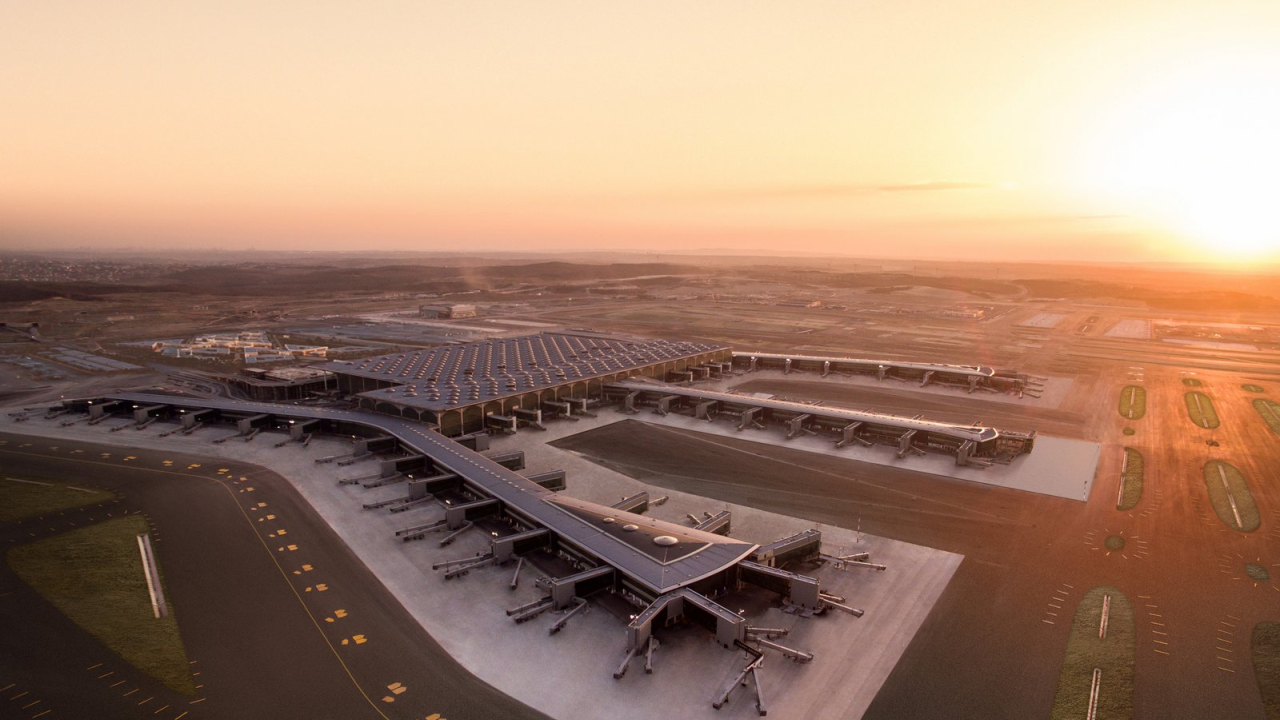Abu Dhabi and Dubai airports need to cooperate

With expansion at both airports that will lead to a predicted 60 million passengers passing through Dubai International Airport by 2021 and 20m in Abu Dhabi.
At the Airport Show Paul Griffiths, Rudy Vercelli, CEO of Abu Dhabi Airports Company, and other airport officials, underlined the need for more co-operation, between Abu Dhabi and Dubai airports, to deal with the air transport expansion occurring in the region. The industry officials said additional flight routes were needed and that these could be accessed by commercial airline governing bodies and armed forces cooperating across airspace.
“Nearly 50% of the UAE’s airspace, which is reserved for military activities such as training, hinders civilian air travel,” said Robert Everest, Vice President of Flight Operation Support, Emirates. “This issue needs total co-operation from both, Abu Dhabi and Dubai airports, to be resolved.”
He also explained that through positive negotiation with the UAE government 400 aircraft have been travelling through UAE military airspace in the Empty Quarter per month, since last December. “This has allowed us to save 156,000kg on fuel and 492,960kg on emissions.”
Dubai is building the world’s largest airport at Jebel Ali, Al Maktoum International Airport, expected to cost $10 billion. At full capacity it will cater to 160m passengers and 12m tonnes of cargo per year.
Abu Dhabi International Airport has been one of the fastest growing airports in the world, explained Vercelli. It is now servicing 9m passengers per year, up from 3.5m passengers passing through the airport since it was established in 1982.
According IATA, global passenger demand in the month of March dropped 11.1% below the March 2008 level. Middle East airlines were the only carriers to experience a growth in passenger numbers, of 4.7%, but the association said this was out of balance with a capacity increase of 13.1%.
Nevertheless, Vercelli said: “Amidst the current global economic downturn, airports and airlines must stand together and align resources and innovation in order to meet and emerge as stronger businesses,” said Vercelli.
But on the commercial market competition between the two airports as well as their respective carriers, Everest said “Etihad and Emirates are competing in the commercial market but there are issues such as airspace, flight operation and market capacity where we previously have and will continue to work together.”
Stay up to date
Subscribe to the free Times Aerospace newsletter and receive the latest content every week. We'll never share your email address.

